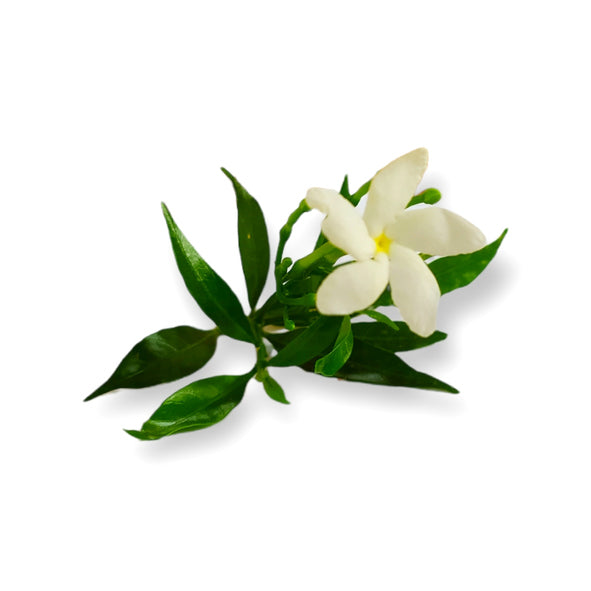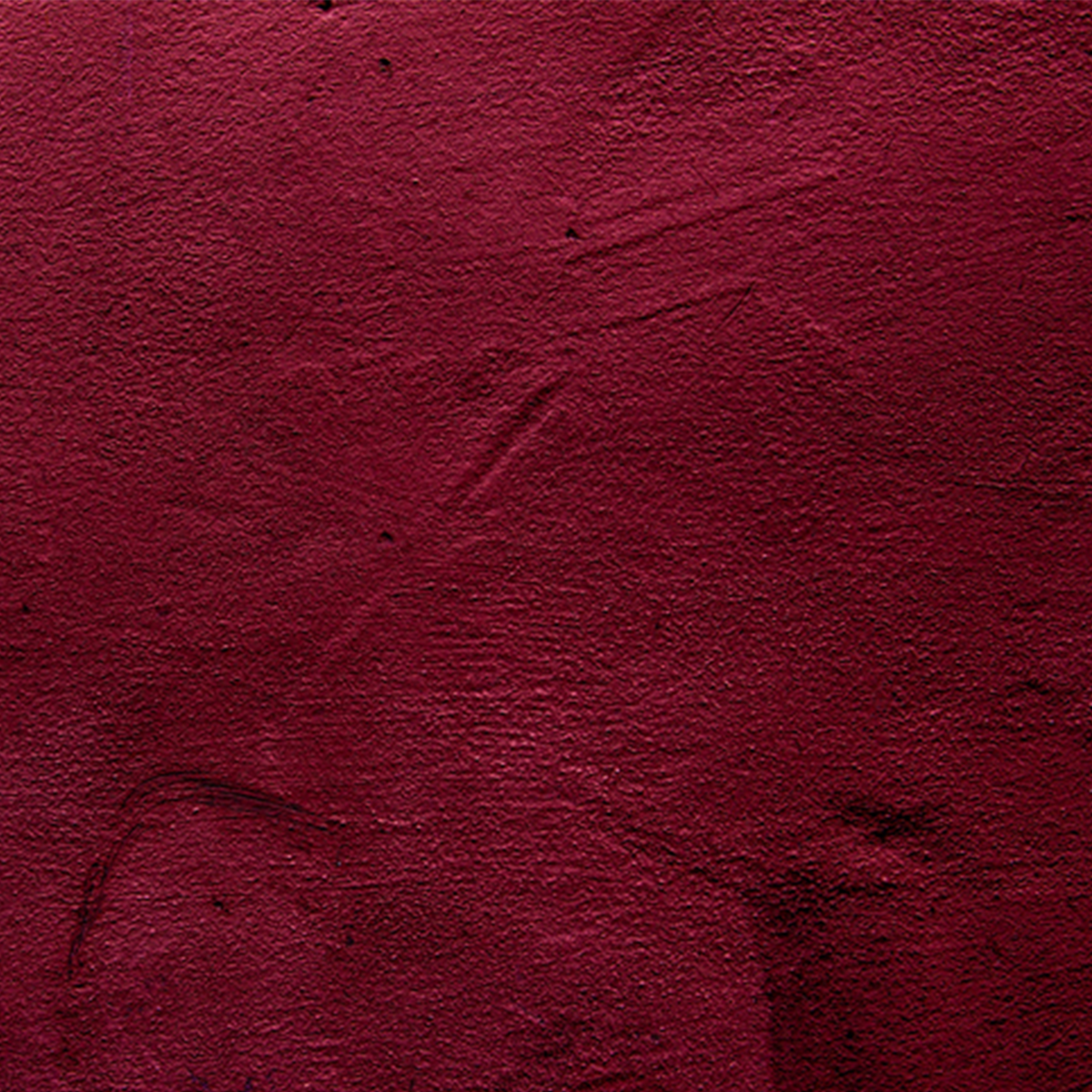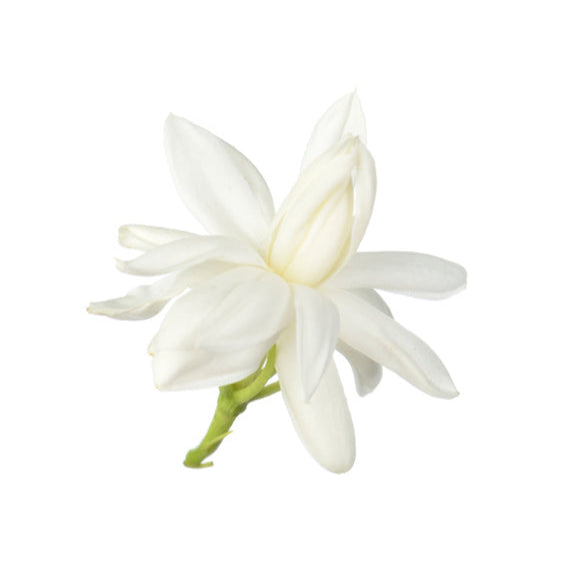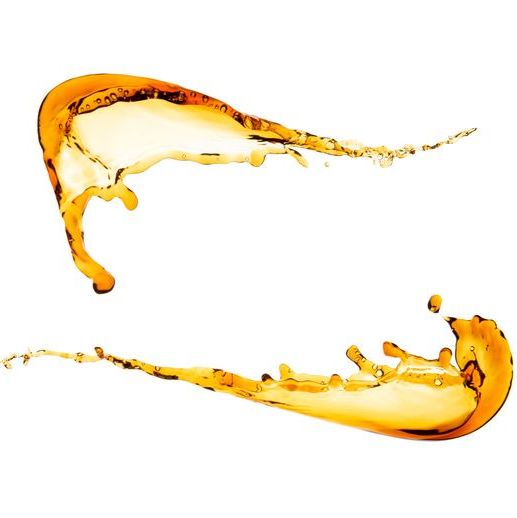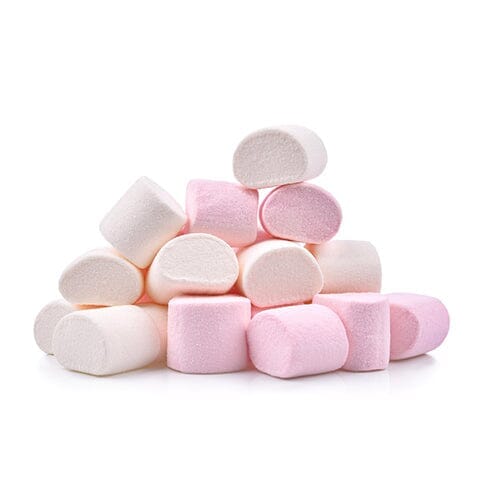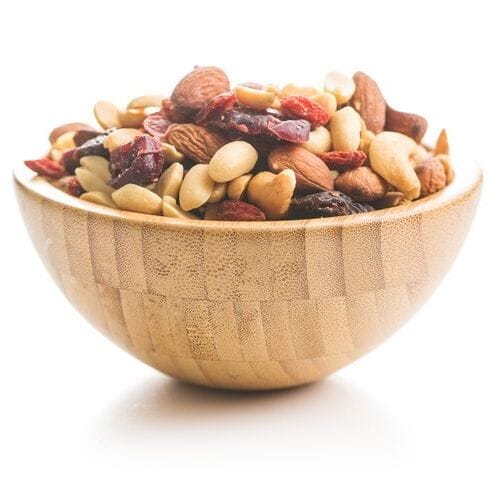SUMMARY
01. In the beginning...
02. Growing the Centifolia Rose
03. What do you know about Rose Centifolia in perfumery?
04. Famous perfumes with Rose Centifolia
In the beginning...
The Rose Centifolia, etymologically “hundred leaves”, is a variety of rose renowned for the opulence of its leaves and petals, which can number up to one hundred, as well as for its powerful scent. The name dates back to before the work of the botanist Linnaeus, where the distinction between petal and leaf was not made. It is also known as the “Rose de Mai” (it only blooms in May) or the “Rose de Provins”. It first appeared in the 16th century in the Grasse region, a region in the south of France famous for its leading role in the perfume industry. It is said to have arisen from a mutation of the Galica rose (native to the Caucasus and Iran).
From the moment it was first introduced into perfumery, Centifolia Rose was admired by noses for its rich and delicate fragrance. It quickly became a staple in the gardens of Grasse. It gradually won the hearts of perfumers around the world, becoming one of the most sought-after ingredients in their creations.
Growing the Centifolia Rose
Grasse, located in a region of southern France, combining a mild, Mediterranean climate with fertile soil, is particularly renowned for the cultivation of perfume flowers (rose, jasmine, tuberose, etc.).
Next come Morocco, Tunisia and India, which have similar climatic conditions to those of the French region and allow for the cultivation of high-quality roses.
Growing the Centifolia Rose is a meticulous process that requires special attention to ensure the quality and purity of its floral fragrance. The plant requires well-drained soil and abundant sunlight to thrive. Planting is usually done in the fall to allow the roots to establish before the spring blooms. Pruning is done during the winter (usually January), while flowering occurs in May.
The Centifolia Rose is harvested at dawn, when the petals are laden with essential oils and the fragrance is at its peak. The flower is hand-selected and picked to preserve its integrity and fragrance. It is extracted from the rose bush while still fresh before being placed in a linen apron.
What do you know about Rose Centifolia in perfumery?
Once harvested, the roses are transported to the factories within a day for extraction of essential oils and absolutes. The most common extraction method for centifolia rose is volatile solvent extraction, as it offers a higher yield than steam distillation.
Thus, Centifolia rose absolute is used more than essence. However, the yield remains very low, as 12 tons of Centifolia rose petals are needed to obtain one kilogram of absolute.
Once extracted, the fragrance of Centifolia Rose is honeyed and spicy with fruity nuances of lychee. It contains green and aromatic notes. Centifolia Rose is fruitier than Damask Rose, the rose most commonly used in perfumery.
The use of Centifolia Rose is regulated because it contains molecules that are potentially allergenic when present in large quantities. It is, however, used sparingly in perfumes due to its price. A small touch, however, can add significant depth, texture, and complexity to a composition.
In conclusion, Centifolia Rose holds a privileged place in the world of perfumery, thanks to its centuries-old history, its captivating scent, and its continued presence in some of the perfume industry's most prestigious creations. Centifolia Rose is a heart note, meaning that it is smelled while the fragrance evolves. Its power keeps it alive for as long as the base notes, i.e., several hours.
Famous perfumes with Rose Centifolia
Here are two famous perfumes containing Rose Centifolia:
• Chanel No. 5 - Chanel : One of the world's most iconic perfumes, Chanel No. 5 contains Centifolia Rose, which contributes to its elegant floral signature. Created for the house of Chanel in 1921, this fragrance is like a bespoke perfume, composed by Ernest Beaux for Gabrielle Chanel and all of Chanel's clients. Its originality has made it an iconic fragrance.
Chanel perfumers have been able to create new interpretations of N°5 since the original version, such as L'Eau N°5, fresher and still as floral as ever, blending different flowers including rose.
• Rose Saltifolia, Maison Crivelli - This creation is built around the Centifolia rose combined with marine notes of algae to obtain an iodized rose
Creating a perfume around the rose is common, and the richness of the rose allows it to be interpreted in different olfactory universes. However, the rarity of Rose Centifolia does not allow all houses to introduce it in large quantities into perfumes. Some perfumers offer custom perfumes in which they can dose it in larger quantities.
At Bon Parfumeur, discover several fragrances composed of rose: Eau de Parfum 101 and Eau de Parfum 106 contain Damascena rose, which offers a spicier and sweeter profile.
101 offers a refreshing whirlwind at the top. The freshness of bergamot, the cool spiciness of cardamom, and the aromatic touch of lavender. Rose dominates the heart. The delicate floral notes of lily of the valley and sweet pea calm the fragrance. Smoky patchouli stands out against the floral bouquet.
The 106 takes you on a journey to the rose fields of Damascus. The top notes are like candied fruit with sweet davana. The heart is filled with two roses. One is floral and fruity. The other, more honeyed. The base notes are Peruvian balsam, sandalwood, and vanilla, like a large bed that embraces the contours of the fragrance.




